Doom–scrolling through the Friday morning news isn’t a great way to finish the month—and what a shocker it has been. I thought 2021 was going to be better than 2020, not worse! To be honest, I’m not getting my hopes up about 2022 either—I’m on the 2023 train, and here’s why.
You must be the first mover
Dr Michael Ryan is an Irish epidemiologist and executive director of the WHO Health Emergencies Programme. Way back in mid March 2020, lending on his experience with Ebola, he declared “you must be the first mover.”
If only we’d listened—do give it a listen yourself.
Wise words in March, 2020.
A Pacific postcard
We’re over half way through 2021 and the remainder looks like a write–off. Erstwhile midterm safe bets like Thailand and Vietnam are dealing with worrying outbreaks. Others like Indonesia and Malaysia look even worse. Burma, in an awful state even before Covid, today is a humanitarian disaster—and terrifying.
Say a prayer for Burma. At Shwesandaw Paya, Pyay. Photo: Stuart McDonald.
According to Gary Bowerman of The South East Asia Travel Show, active Covid cases across the region have gone from 304,750 on June 1, to 457,917 on July 1, to a staggering 1.164 million at the end of July. An almost four–fold increase in two months.
Countries across the region have either banned or severely curtailed recreational inbound and domestic travel. Phuket and Ko Samui are exceptions, but mostly you’ll need quite some determination to pull off a holiday.
When is this going to change? Not until vaccinations get plenty more scale.
To jump out of Southeast Asia to the Pacific for a second, the situation in Fiji is instructive. Writes Aljazeera:
“The current outbreak began after a soldier providing security at a quarantine facility caught the virus from a traveller who had recently returned from India. Fiji’s health authorities believe he then passed the virus onto one of the maids in the facility, who then infected several members of her family and another soldier working in the facility, who in turn passed it onto his wife. Fiji’s first super-spreader event occurred the same week when one of the infected quarantine workers inadvertently attended a funeral with some 500 mourners.”
From this single traveller, Fiji went from a total caseload of 70 by March this year, to clocking an average of over 900 cases a day. The medical system is on the ropes, and per capita Fiji is now one of the worst situations in the world. All from one traveller and an unfortunate chain of events that flowed on from that single person.
While some Southeast Asian nations have medical systems superior to Fiji, others don’t. Fiji’s situation illustrates why inbound tourism into a largely unvaccinated country, is rife with risk.
Slow motion jabs
There’s only one real bright spot—Singapore. The island state expects to have 80% of its population fully vaccinated by September. It’s a big drop to second place though, with Cambodia at 28% of its population fully vaccinated. Malaysia, has managed shy of 50% for the first shot. Everywhere else is floating around the 20% or below mark, if that—for the first shot only.
Vaccinate first. Bums on seats second. Ko Bulon Lae, Thailand. Photo: Stuart McDonald.
There’s many reasons for the slow motion jabbing across the region. Hoarding by wealthy countries jammed up supply, but local governments are not blameless. Looking for an example? Journalist Andrew Marshall wrote a withering assessment of Thailand’s quagmire. Not only has the roll out been slow, it has been uneven. Vaccinating the elderly and heroic frontline medical workers makes absolute sense. Other cases are not as compelling.
With economies overexposed to inbound tourism, businesses and employment took massive hits. Lobbied by travel industry big swingers, some nations tried to mitigate the effect. How? By vaccinating people in specific locations, so foreign tourists could return bubble–style. The two best known spots for this are Thailand’s Phuket and Ko Samui. Indonesia’s Bali and Vietnam’s Phu Quoc have taken then dropped, or are considering, variations on the same.
At a glance, it sort of makes sense—restart tourism to create jobs and so on. With a closer look though, it gets complicated fast. First, you vaccinate close enough to everyone in say Phuket or Bali. Then you mandate that all international visitors are fully vaccinated. The problem is, the majority of locals elsewhere in the country haven’t been jabbed. Foreigners can jet in for a beach holiday, but locals can’t set foot on the sand.
This seems manifestly unfair.
Have your som tam and eat it too
Governments try to explain this away—its the economy stupid! Boosting tourism will help business which will create jobs and so on. Are there public health risks? Yes. Are governments often ignoring medical experts? Yes. Here’s Dr Prasit Watanapa, dean of Thailand’s Mahidol University’s medicine facility, talking about the Phuket Sandbox, as an example:
“I think it is too soon to open the country to foreign tourists as the vaccines (for) locals cannot protect against every kind of virus variant,” he warned. “The province’s disease control measures are not strict or comprehensive enough if a new wave emerges.”
While governments and business wish it, this isn’t an either/or between business and health. Governments could implement financial support for workers tomorrow, but they choose not to.
Side–note: To the reader who emailed me last time I wrote this to call me a communist, there is no need to email me again—thank you.
A picture says a thousand words. Sihanoukville, Cambodia. Photo: Stuart McDonald.
The tourism industries in my examples rely on labour from elsewhere in the country. In the early throes of Covid, many of these workers went home. In Phuket’s case often to Northeast Thailand, in Bali’s case to Lombok, Java or Sumatra. If a large number of these people lack vaccinations but want to return to find work, a problem arrises.
As seen in Phuket this week, some see their return as a significant risk to the island’s fragile Covid calculus. Since the opening of the Sandbox, the 7–day average of Covid daily cases on Phuket’s has gone from 4 to over 30. In response, on August 3 the local government plans to seal off Phuket from the rest of the country.
Does the economic benefit outweigh the risks to public health? Since July 1, Phuket Sandbox has welcomed almost 13,000 people—a little over 400 per day. Of these, just 30 have tested positive for Covid at some stage of their stay. Samui+, already described as teetering, has seen 93 people arrive since launch. Yes, ninety three.
So Phuket is about to be sealed off to Thais—even if they are vaccinated. So much for the value of the domestic market. How does this look from outside looking in? With the TAT’s ever–moving goalposts and a hotelier billionaire lying on TV, not great. As Gary Bowerman says:
“it just looks a little bit like you’re ghettoising travel and I’m not sure that’s building any confidence at all.” (8:35)
An equitable approach is to vaccinate all resident people first. Then allow them to travel in their own country. After that, and only after that, welcome international tourists.
How long is too long?
How long would it take though to vaccinate local populations? Lets look at three countries.
Bunker down. Gili Solobo, Indonesia. Photo: Stuart McDonald.
Thailand’s vaccine quagmire suggests it won’t even have enough vaccines till 2022. The reasons are complicated and I’m not going to wade in, but if you’d like to learn more, try Andrew Marshall’s deep long read on the issue. Should coupist Prayut resign? Hell yes. The other day, the country banned Covid news that causes public fear—even if the news is true. Not encouraging. Best case: Mid– to late–2022.
Indonesia is likewise talking about a national target aimed at March 2022. Is this ambitious? Yes. Does Indonesia face challenges on a scale unlike any other nation in the region? Yes. Are some of the problems self inflicted? Yes. Full vaccination rates outside Bali, Jakarta and Yogyakarta are paltry. There is a long way to go, but thankfully the speed of the vaccination roll out has improved from back when pundits suggested it would take ten years to vaccinate 75% of the population. Best case: Late–2022 to mid–2023.
Under 1% of Vietnam’s population is fully vaccinated, though they are trying to speed things along. The government said this week they plan to vaccinate five million people in Hanoi by April 2022. Hanoi’s population ranges from four to twenty million depending on where you draw a line around the city. I couldn’t find a national target, but it is fair to assume Hanoi is being prioritised ahead of rural areas. Best case: Late–2022 to mid–2023.
Aside from Singapore and Cambodia, few look like hitting high vaccination rates by the end of this year. Every shot given is another tiny battle won—the battlefield though, keeps shifting.
The Four Horsemen and their mates
You’ve no doubt heard about Alpha, Beta, Gamma and Delta.
Thailand thought it had a good handle on things till Delta swept through. Since April 1 the country has seen half a million plus cases and over 4,500 dead. It has better testing levels and contact tracing, but Delta’s climb was eerily similar to Indonesia’s. The Delta rocket.
We prefer these kind of horses. At Pasola, Sumba, Indonesia. Photo: Sally Arnold.
In Indonesia, a newish variant, Delta Plus has emerged. Just as Indonesia’s horrific Delta–driven numbers looked to be abating, a new variant has emerged. It is too early to know what this means for a population ravaged by the virus and worn down by mixed messaging. The situation so far? Over three million cases and 80,000+ dead. These are the official numbers, widely considered to under report the situation.
If Delta Plus is more virulent and dangerous, what happens when Epsilon, Zeta, Eta and Theta roll into town?
See you in 2023
I’m saying 2023 for two reasons.
First: I worry that some of the mates of the horsemen above are yet to enter the fray. Perhaps Delta Extra Spicy won’t be a big deal after all—we don’t know. So, I’m erring on the cautious side, thinking there may well be further blow outs down the track. These could delay planned vaccination roll outs.
I can’t see inbound tourism at any scale until national vaccinations are hitting the 70-80% mark. Until then, nations need to shelve schemes to create inbound bubbles, instead financially support workers, and get jabbing like mad.
Second: I’ve been quite accurate in my gloomy outlooks of the recent past, and this time, for once, I’d like to be terribly wrong.
Couchfish is 100 percent independent and reader–supported. If you’d like to show your support, become a paying subscriber today for just US$7 per month, or simply share this story with a friend. Thank you!




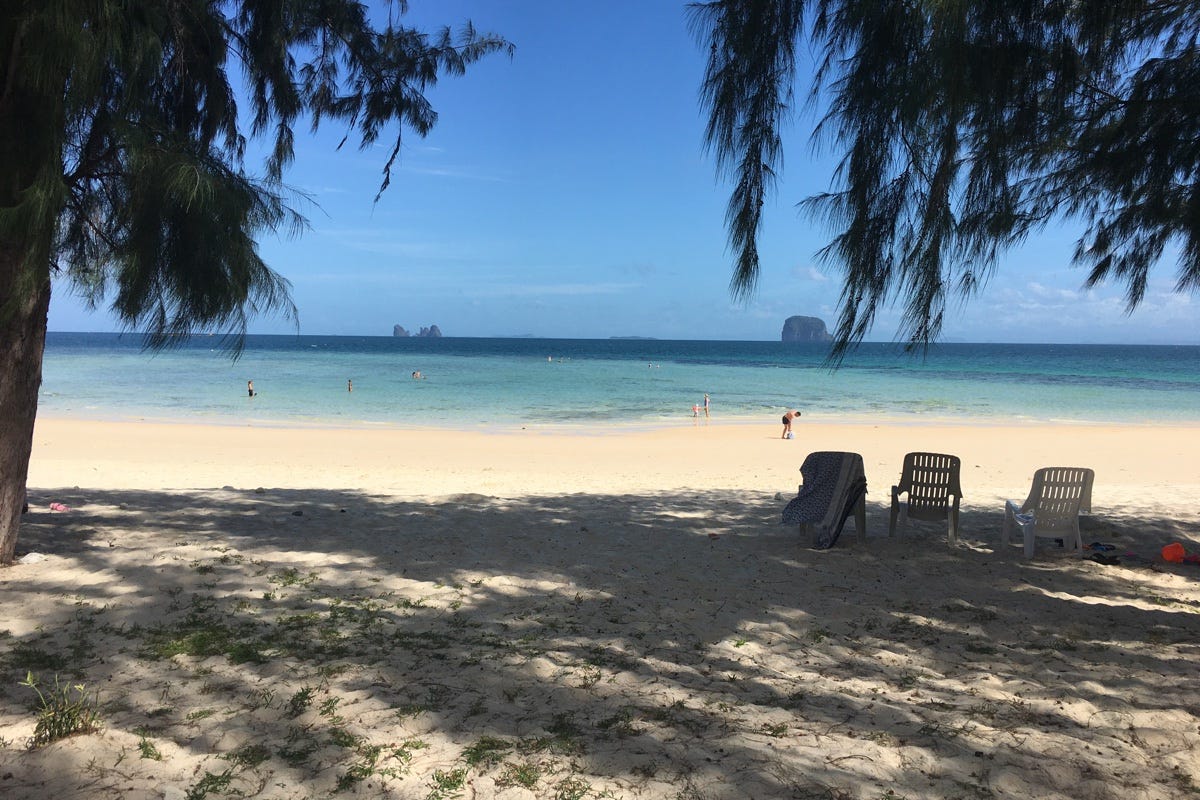
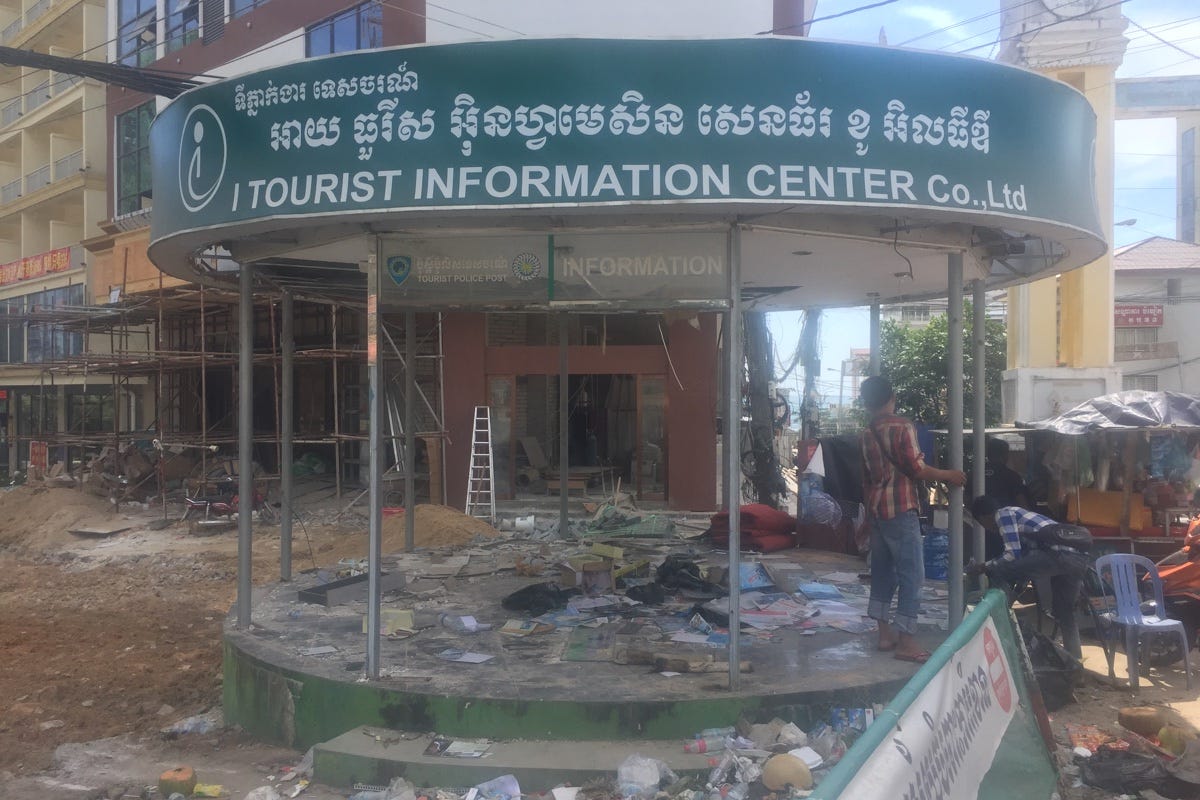
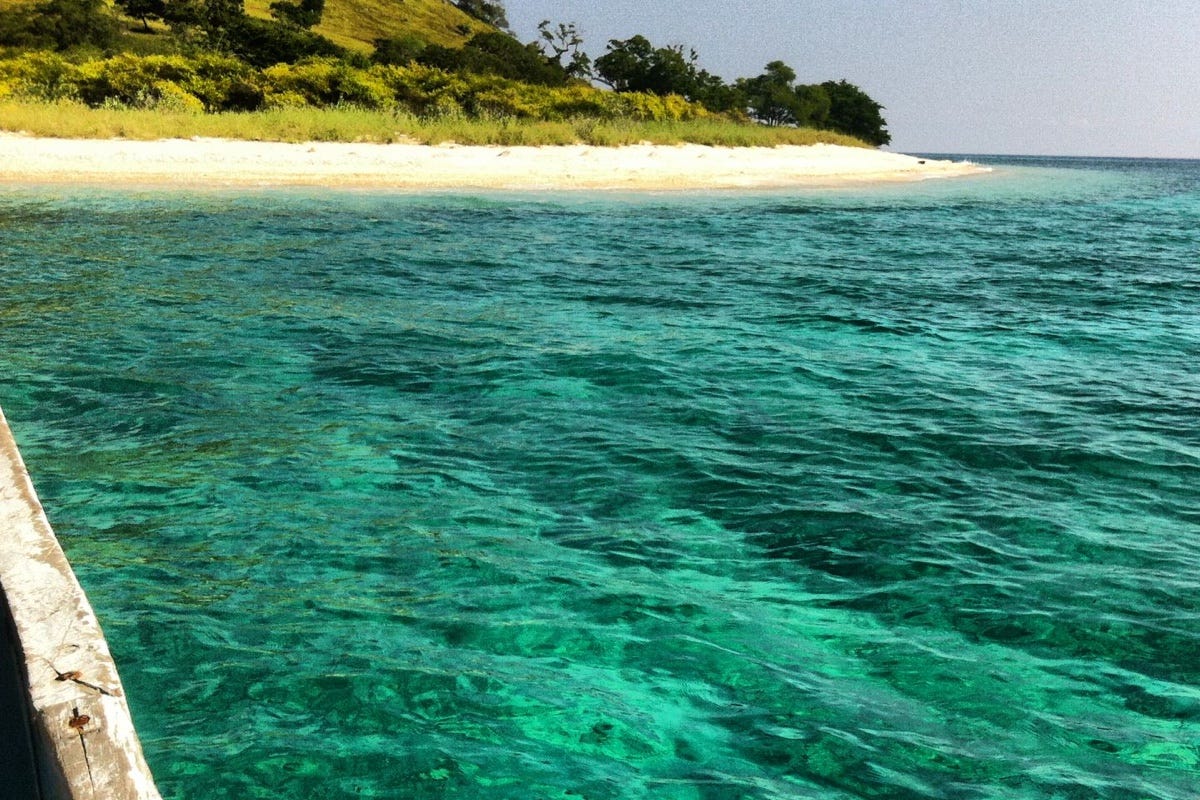
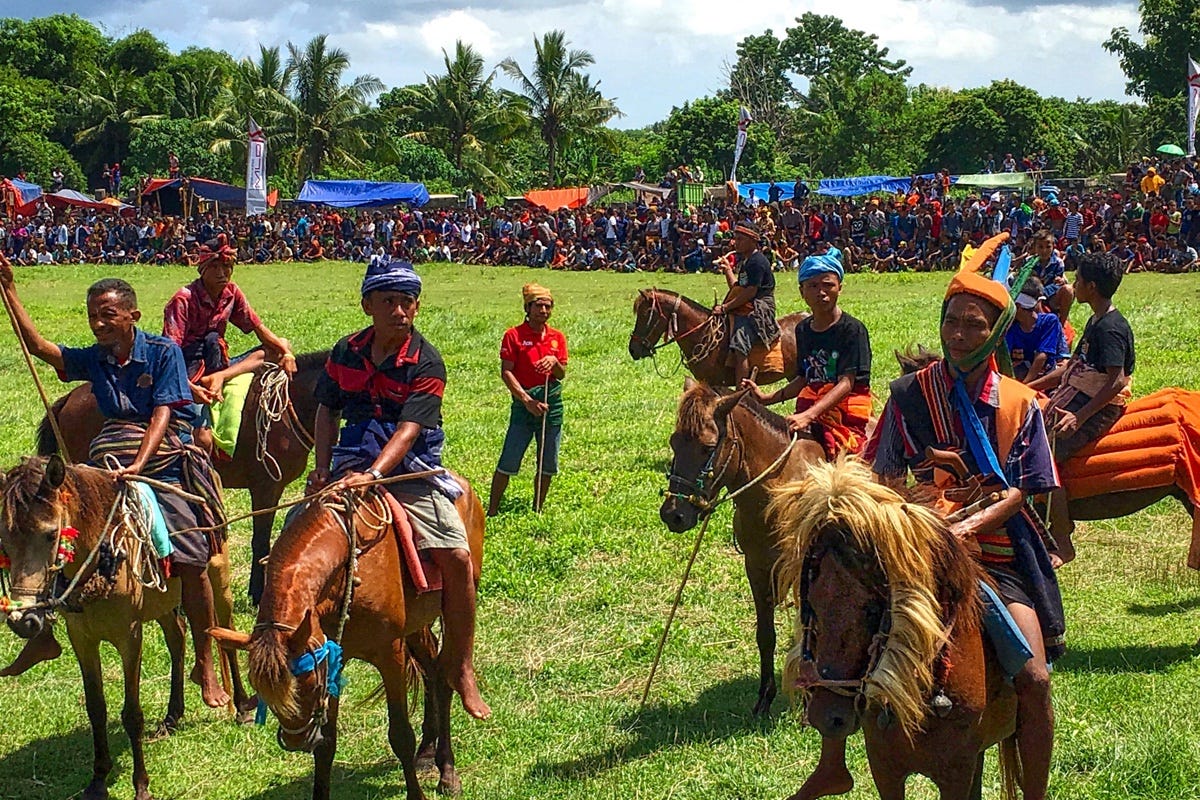




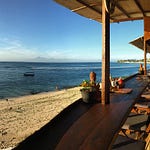





Couchfish: See you in 2023